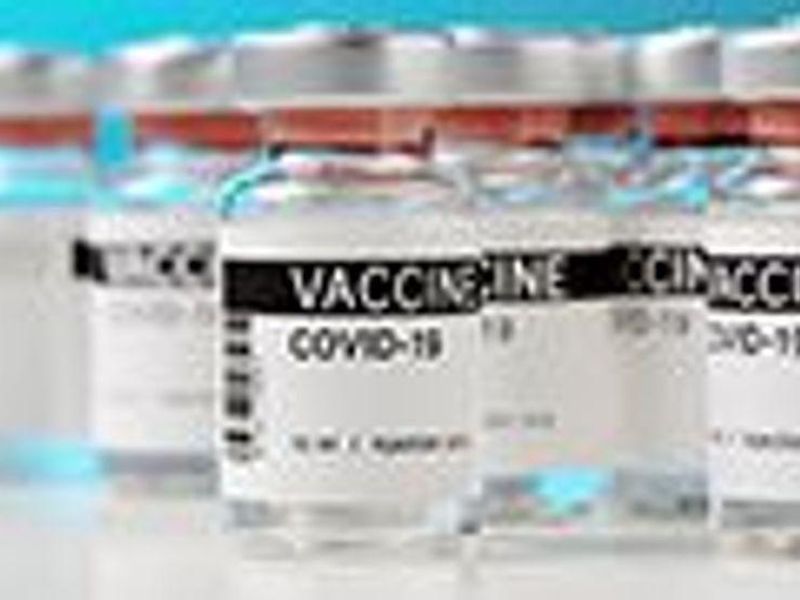Thirty-six of the organization’s 194 member countries have still only vaccinated 10 percent of their populations
TUESDAY, Jan. 18, 2022 (HealthDay News) — The latest shipment of 1.1 million COVID-19 vaccines to Rwanda this weekend signaled a noteworthy achievement: The COVAX program, a United Nations-backed program providing poorer countries with vaccines, has now shipped 1 billion of the doses to combat COVID-19 in 144 countries.
But still, that “is only a reminder of the work that remains,” according to a statement from the World Health Organization. The WHO has long pushed for rich countries and vaccine developers to prioritize COVAX. “COVAX’s ambition was compromised by hoarding/stockpiling in rich countries, catastrophic outbreaks leading to borders, and supply being locked,” the WHO said in the statement. “And a lack of sharing licenses, technology and know-how by pharmaceutical companies meant manufacturing capacity went unused.”
The statement also noted that 36 of the organization’s 194 member countries had still only vaccinated 10 percent of their populations, with 88 of the countries vaccinating less than 40 percent. A current goal is to vaccinate 70 percent of the countries’ populations by early July, WHO Director-General Tedros Adhanom Ghebreyesus said in late December, the Associated Press reported.
Speaking to the Funke newspaper group, Svenja Schulze, the new international development minister for Germany, expressed plans to leverage Germany’s presidency this year of the Group of Seven industrial nations to help prioritize adequate resources for COVAX.
As one possibility, Schulze said she wants to expand help for developing countries via partnerships between companies so that more vaccines can be produced under license. She did not advocate waiving vaccine companies’ patents, the AP reported. “I doubt that developing countries would get vaccines more easily if we waive the patents,” Schulze reasoned.
Associated Press Article
Copyright © 2021 HealthDay. All rights reserved.








